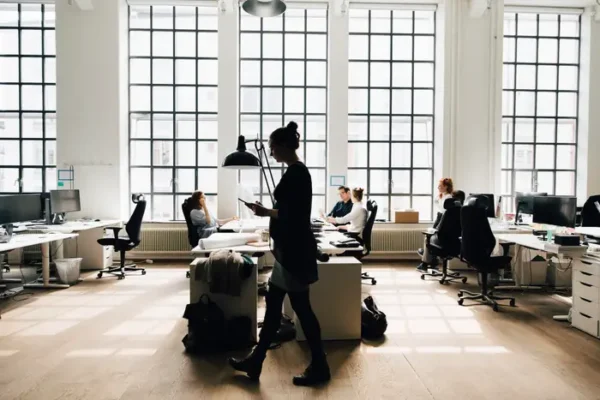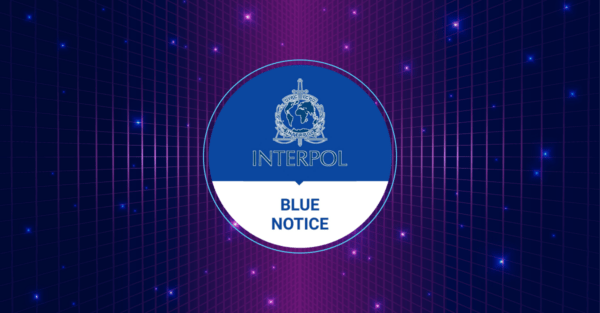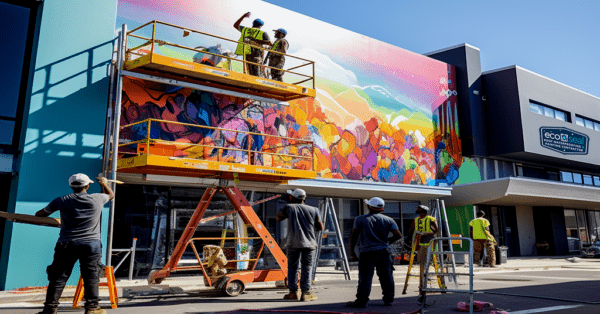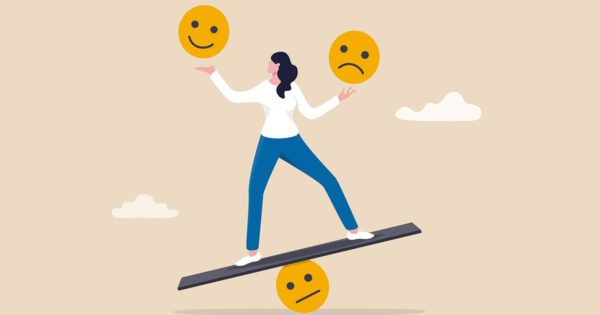
Why We All Need to Start Taking Our Lunch Breaks
Why we all need to start taking our lunch breaks
Whether you’re a compulsive snacker, a lunch at your desker, or an I’ve not even got the time to eater, we all need to start taking more lunch breaks.
In the UK alone, only 29% of employees get a full hour lunch break. Two thirds say they can’t even take 20 minutes.
So why do people not take lunch? Partly, it’s more difficult now that our days revolve around technology, and particularly when so much of what we do is taken up with emails. It means our working day tends to be less blocked out, and finding time when you could always be going through your emails is more difficult.
What’s more, it can be indicative of a damaging culture, where people are rewarded for appearing to work hard over and above actual productivity, or are inherently overloaded with work to the point where there is not enough hours in the day to complete their tasks.
Whether you’re a culprit yourself, or a manager who doesn’t see this as a problem, it’s important to understand why this practice is damaging your productivity and your business. It’s time to start shunning lunch at your desk, get out of the office and actually take a break.
You’re much more likely to, well, actually eat:
People powering through the mid-afternoon without so much as a morsel crossing their lips because they are ‘too busy’ are kidding themselves. When our blood glucose levels run low as a result of not eating, our brain doesn’t get the energy it needs to stay alert and remain concentrated and alert.
Of course, what you eat matters too, as slow releasing energy foods and generally healthier options have proven to benefit productivity. If we eat foods that release energy to our body and brain slowly throughout the rest of the day, we avoid the peaks and troughs that come with certain carbohydrates and fatty foods.
However, the key is that by making a conscious decision to take lunch, we tend to plan it early. This prevents us from making split-second – and usually unhealthy – decisions at the height of our hunger.
Top tip for managers: Encourage healthy snacking or grazing in the workplace. Set up a healthy tuck shop so people can make a selection and have the bag on their desk. Grazing like this prevents our glucose levels from bottoming out to begin with, and having the food in our line of sight makes being healthy the easy option.
You’ll prevent fatigue:
The figures are pretty clear on this one. The most productive people take regular breaks. Our concentration is improved even by stopping for just 20 minutes. People who take ‘better breaks’, by breaking earlier and completing activities they liked, were found to have a decrease in headaches, eyestrain and lower back pain throughout the day.
The idea that the amount of hours you put in equates to the work that you get out is finally starting to die out. We’re realizing that working smart, and not hard, is the answer to a productive workforce. Don’t get left behind!
Top tip for managers: Don’t ask your employees to take business lunches, and try to avoid enforcing any sort of strict rules on what people do during their lunch time. Not only has it been proven that employees who choose what to do are more productive, but allowing people to get a proper break from everything work-related is crucial to them resting and coming back to their desks more refreshed.
Getting on with your co-workers is more important than ever!
There’s no doubt that business is changing. There are new ways to communicate with people coming into force every day, both outwardly and internally. No company is truly under one roof anymore and the process of delivering a product with a unified strategy has become increasingly complex.
What does all this mean? It means that our ability to collaborate is more important than ever, as we face new challenges about how we pull together a more disparate workforce in a world where it’s increasingly important to have a unified message across everything you do.
And lunch? Well, true collaboration comes from developing personal relationships, and as well as a time to unwind, lunch is a brilliant way for people to connect outside of the usual structures of work. If you actively encourage cross-hierarchical eating, you better understand the people you work with at all levels.
After all, whether personal or professional, understanding sits at the heart of getting the most out of any relationship.
Top tip for managers: Throw away your tiny tables! Populate your break space with large, round tables to encourage open discussion and facilitate conversation between people that wouldn’t communicate otherwise.
It contributes to other productive techniques:
With increased connectivity, and more and more collaborative working, our productivity isn’t as good as it can be. One reason why it’s far more difficult to lay out your day and plan appropriate timings is due to us having to work increasingly reactively.
By taking lunch, you’re actually giving a definitive break to your day, and something to work your tasks around. You can target completing certain tasks before and after lunch for example.
If you’ve got nothing to work towards, it’s going to be much more difficult to break your day into these sort of productive, manageable chunks.
Top tip for managers: Enforcing change should start with you. Cultures of not taking breaks often come from being concerned that you’re being judged against the people who manage you. Take a lunch break yourself, it can be a great way to get to know your employees on a more personal level.
A change of scenery does wonders for your work habits:
Regardless of whether your job requires you to make quick decisions, be highly creative or be completely focused at all times, moving into a new space is hugely beneficial to how well you do that when you return.
Repetition can keep us in a rut, and stop us from seeing things objectively. In fact, it’s actually the process of being away and then coming back to our desks that facilitates a new outlook when we do return.
If you can, find a park or a natural spot, as studies suggest that being around nature can seriously boost productivity, due to links between natural environments and memory retention.
Top tip for managers: Encourage people to take time out of the office on their breaks, and make sure that you take the time to explain to staff why. It’s often as much about explaining the reasons behind your ideas as forcibly facilitating that culture.
It’s not all about eating…
The great thing about working somewhere that respects your need for a lunch break is that it also creates time for other things that can vastly increase your ability to be productive.
For starters, any exercise that you do during the day has been proven to increase your mood and confidence, while reducing stress. Even if you’re just squeezing in a yoga session or taking a brisk walk, it turns out the afternoon is the best time for your body to exercise anyway.
You’ll come back feeling refreshed and will have been able to get a real break from your work day as your mind is on other things. Feeling a bit sleepy? A lunchtime nap might not only help solve your fatigue but send your productivity through the roof.
Top tips for managers: Consider starting employee wellness programs, or free gym memberships, to encourage healthy living in the office. This isn’t just about the benefits you reap from having an engaged, well-looked after workforce – you’ll get more productive staff as a result.
















































